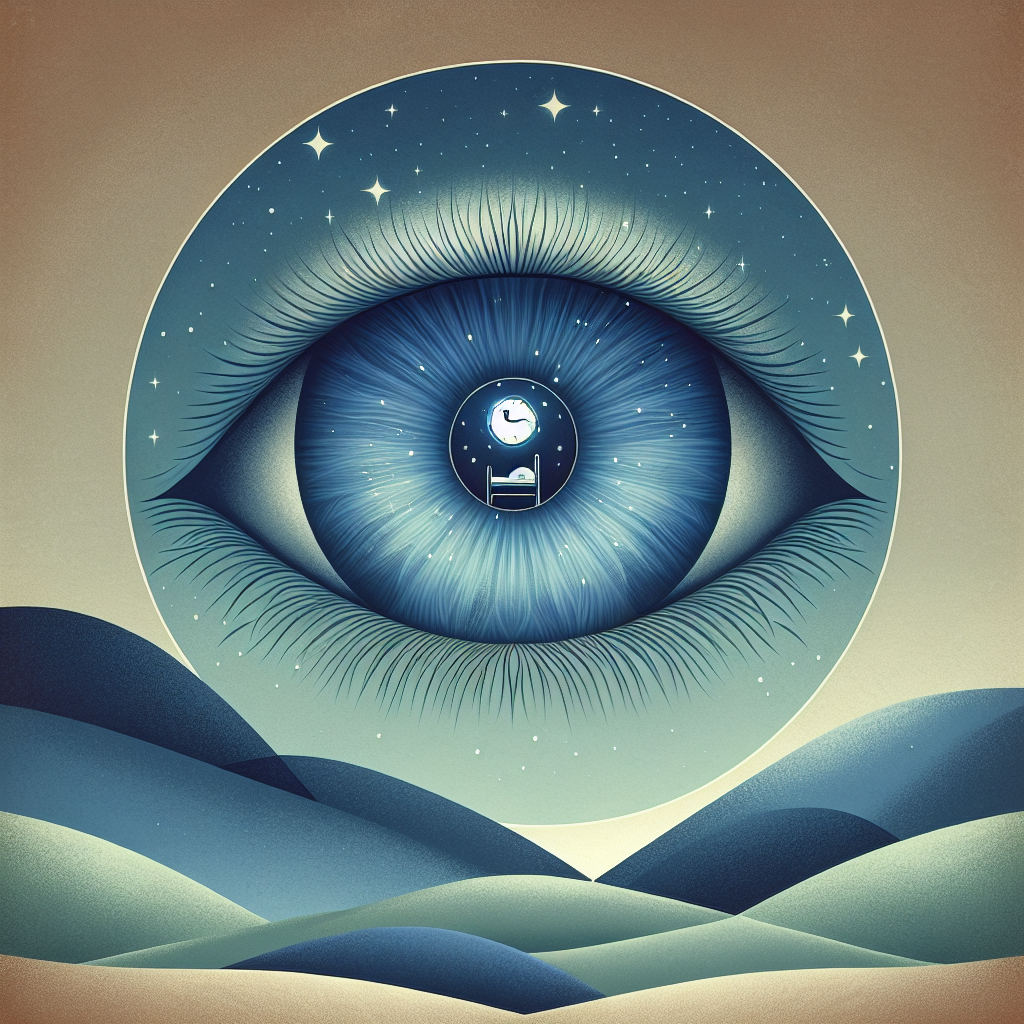### Understanding the Impact of Blue Light on Your Sleep
For quite some time, there has been a surge in discussions around the impact of blue light, specifically, its effects on our sleep patterns. Today, we are consumed more than ever by technology and screens, exposing us to high levels of blue light. But, what exactly is blue light and how does it affect our sleep? Let’s delve into an insightful explanation of this modern-day concern.
**What is Blue Light?**
Blue light is a type of light within the visible light spectrum with the shortest wavelength and highest energy. It’s present in sunlight and also in artificial sources such as digital screens (smartphones, computers, TVs), fluorescent, and LED lighting.
**Blue Light and Your Body Clock**
The human body possesses an internal clock, known as the circadian rhythm, which is particularly sensitive to blue light. The circadian rhythm relates to various functions in the body, such as hormone secretion, metabolism, and of course, our sleep-wake cycle.
Exposure to light, especially blue light, signals our brain about the time of day. It can stimulate alertness and adjust our body’s preparation for sleep or awakening. During daytime, the blue light in sunlight helps to keep us awake and energetic. However, the problem arises when we are exposed to high amounts of blue light in the evenings.
**Effects of Blue Light on Sleep**
With the advent of modern technology, we are exposed to artificial sources of blue light long past sunset. This overexposure to blue light during the evening may trick our brain into perceiving it as daytime, thereby suppressing the production of melatonin, a hormone that aids in sleep.
In simpler terms, exposure to blue light when we should be preparing for sleep can throw our sleep-wake cycle off balance, leading to symptoms of insomnia, restlessness, or disrupted sleep.
**Managing Blue Light Exposure for Better Sleep**
While it is impractical to suggest completely avoiding screens in the digital age, thoughtful management of blue light exposure can help maintain a healthy sleep pattern.
– **Limiting Screen Time Before Bed**: Try reducing screen time for at least an hour or two before bedtime. Replace this time with a sleep-friendly activity, like reading a book or meditating.
– **Use ‘Night Mode’ on Devices**: Most smartphones and computers now offer a ‘night mode’ setting. This feature changes the color temperature of your display to a warmer hue, reducing the amount of blue light emitted.
– **Blue Light Filtering Glasses**: These glasses have specially crafted lenses that limit the amount of blue light your eyes are exposed to.
– **Opt for Red Light in the Evenings**: Red light, possessing the longest wavelength, is less disruptive to your circadian rhythm. Opting for red light bulbs in your bedroom may assist with sleep readiness.
In conclusion, while blue light isn’t entirely harmful and even plays crucial roles, such as boosting attention and mood during the day, overexposure, especially during the evening, could disrupt our sleep pattern. It is, therefore, advisable to manage your interaction with screens to ensure sound sleep and overall wellbeing.
*Please note this article is intended for informational purposes and does not substitute professional medical advice. Always consult with a healthcare provider for personal health-related guidance.*


